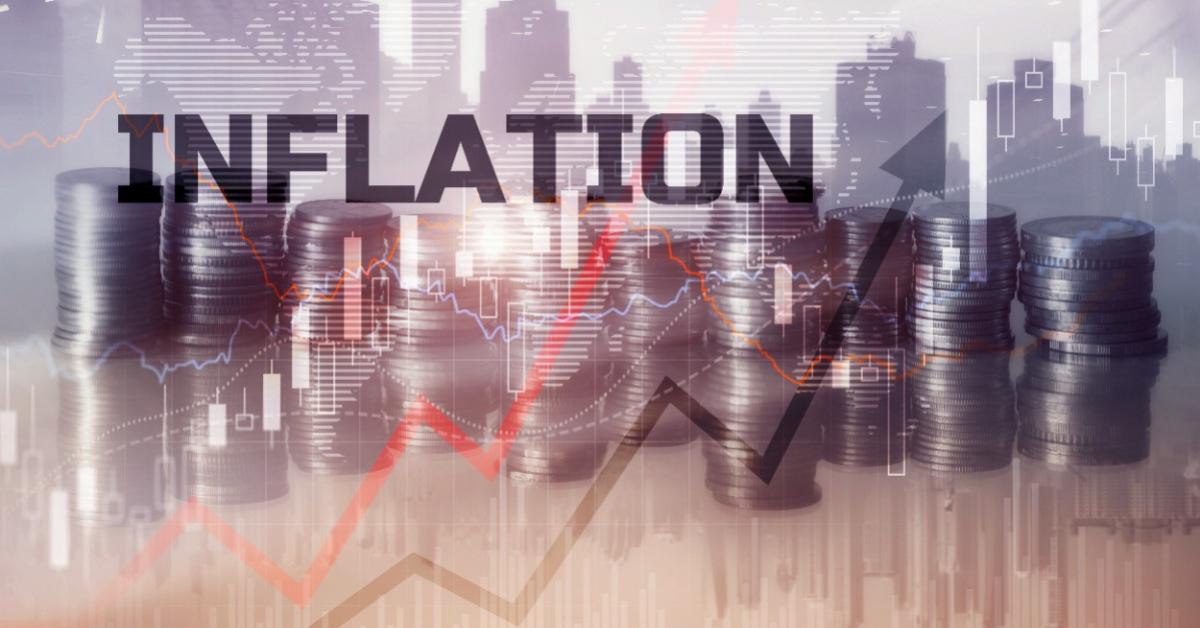
The yearly growth rate of the consumer price index jumped from 5.4 percent in June 2021 to 9.1 percent in June 2022. Some economists attributed this increase to monopolies. According to Business Insider, economists at the Federal Reserve Bank of Boston have claimed that monopolies help keep the prices of goods and services high.
Most economists believe that monopolies make markets less efficient by influencing the prices and the quantity of products. Efficiencies emerge because monopolies deviate from the ideal state of the market as depicted by the “perfect competition” framework.
The “Perfect Competition” Framework
In the world of perfect competition, a market has the following features:
There are many buyers and sellers in the market.Goods are homogeneous.Buyers and sellers are perfectly informed.There are no barriers to enter the market.
In the world of perfect competition, buyers and sellers have no control over the price of the product. They are price takers.
The assumptions leave out entrepreneurs since there is no uncertainty. If this is so, who then introduces new products and how? According to the proponents of the perfect competition model, any real situation in a market that deviates from this model is regarded as suboptimal for consumers, making entrepreneurs part of what they call “imperfect competition.”
For instance, if a particular firm is believed to dominate a market, then the government should intervene to replicate perfect competition. We believe, however, that competition emerges not because of many participants but as a result of a large variety of products.
Competition in Products, Not Firms
The greater the variety, the greater the competition, creating more benefits for the consumer. Once an entrepreneur introduces a product—the outcome of his own effort—he acquires 100 percent of the newly established market.
Following the logic of modern economics, however, this situation undermines consumers’ well-being because the entrepreneur has, at best, a temporary monopoly. Of course, if perfect competition were strictly enforced, no new products would ever emerge, which truly would undermine consumer well-being.
Once an entrepreneur successfully introduces a product and makes a profit, he attracts competition. By endorsing the new product, consumers give rise to competition. The producers of older products must come with new ideas and new products to catch the attention of consumers.
The notion that a producer that dominates a market can exploit his position by raising the price above the truly competitive level is wrong. All businesses seek to earn profits, but profits are not possible unless entrepreneurs offer consumers suitable prices.
Entrepreneurs seek to secure a price where the quantity that is produced can be sold at a profit. In setting this price, the producer-entrepreneur will have to consider how much money consumers are likely to spend on the product along with prices of other competitive products while considering his own production costs. Producers that disregard these facts will suffer losses.
Given this, how can government officials establish whether the price of a product charged by a dominant producer is above the so-called competitive price level? How can they know what the competitive price is supposed to be?
Government attempts to enforce lower prices could wipe out incentives to produce something. Thus, it is doubtful that government intervention can improve things for consumers, especially in the long run.
Contrary to the perfect competition model, the competitive environment is enhanced not by large numbers of participants in a market but rather by a variety of competitive products. Government policies attempting to enforce the perfect competition model, however, are destroying product differentiation and competition.
Products Are Heterogeneous
The idea that only homogeneous products allow for competition is untenable. If this were the case, why would buyers prefer one seller to another? (Enforcing product homogeneity in order to emulate the perfect competition model leads to no competition at all.)
Since product differentiation helps define a free market, it means that every supplier of a product has 100 percent control as far as his product is concerned. In other words, he is a monopolist. (Economist Joan Robinson referred to this as a “spatial monopoly.”)
Product differentiation exists because entrepreneurs have different ideas and talents. This is manifested in the way the products are made, packaged, sold, and offered to consumers. For example, a hamburger that is sold in a beautiful restaurant is a different product from a hamburger sold in a fast-food shop. So, if the owner of a restaurant gains dominance in the sales of hamburgers, should he then be restrained for this? Should he then alter his mode of operation and convert his restaurant into a takeaway shop in order to comply with the perfect competition model?
All that has happened is that some consumers have expressed a greater preference to dine in the restaurant rather than buying from the takeaway shop. Let us now assume that consumers have completely abandoned takeaway shops and are buying hamburgers only from the restaurants. Does this mean that the government must step in and intervene?
Concepts of harmful monopolies are not relevant in a free-market environment. A damaging monopolist is likely to emerge when the government restricts production by limiting the number of firms in a particular market. Such restrictions limit the variety of goods and services offered to consumers.
Increases in Money Supply and Price Inflation
The price of a good is the amount of money paid per unit. For a given quantity of goods, if the stock of money remains unchanged, the amount of money spent per unit of a good will also remain unchanged, all other things being equal.
However, assume there are increases in the prices of goods by alleged monopolists. If the money stock remains unchanged, however, then no general increase in the prices of goods and services will take place.
If more money is spent on the products of monopolists, then obviously less money will be left for other goods. (All that we will have here is a situation where the prices of goods produced by monopolists will go up while the prices of other goods and services will go down—the average price will remain unchanged.)
Hence, increases in the money supply underpin the underlying rises in prices and not monopolies. Without the support of the money supply, all other things being equal, no general increase in prices can take place notwithstanding monopolies.
Conclusion
The idea that government should regulate so-called monopolies to promote competition and prevent the acceleration in price inflation is a fallacy. What causes price inflation is the monetary policy of the central bank. Furthermore, harmful monopolies cannot emerge without government issuing licenses or other restrictions.






